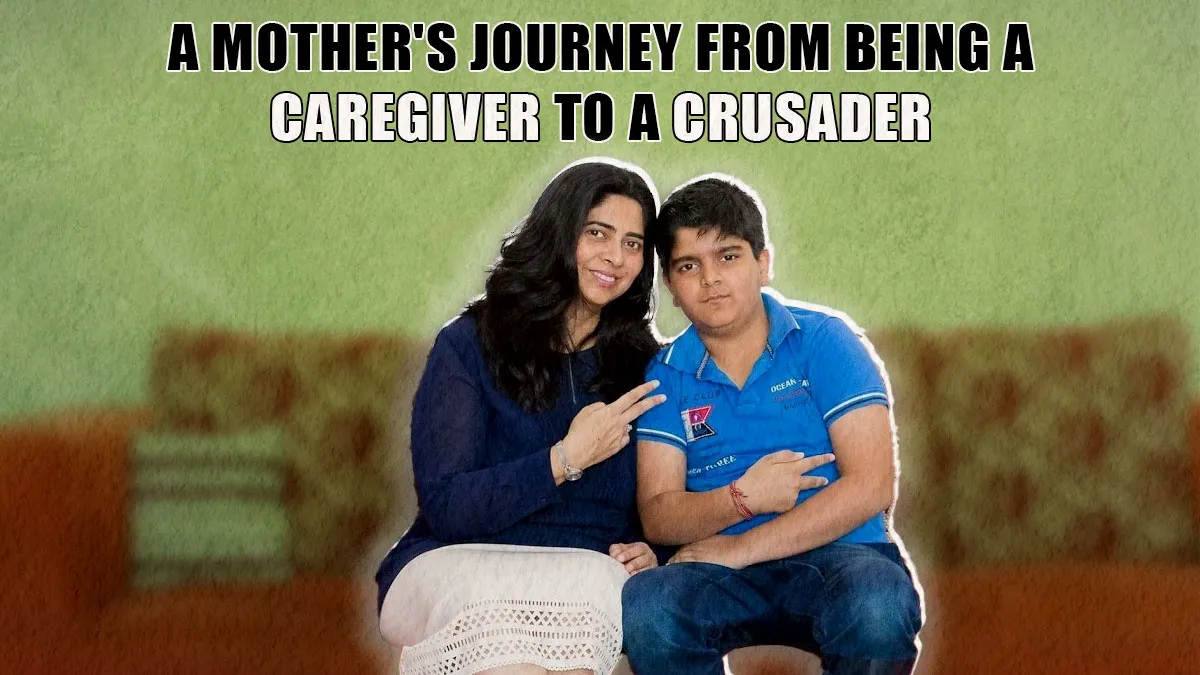
On July 19 this year, Aaryan Vohra, a childhood leukaemia survivor, will turn 19 – a deeply special milestone for his parents, who were fighting to save his life at this very time 14 years ago. In 2011, when Monica Vohra’s 5-year-old son Aaryan was diagnosed with Acute Lymphoblastic Leukaemia (ALL), her world turned upside down. "All hell broke loose," she told the OnlyMyHealth team. What began as episodes of recurring fever led to a devastating diagnosis and a long, gruelling road of treatment, fear, and hope.
Table of Content:-
But Aaryan's journey and his recovery were also the beginning of something bigger. Determined to ensure that no child is denied a chance at life due to lack of awareness or funds, Monica co-founded Leukemia Crusaders, an initiative under the Bansi Vidya Memorial Trust. Over a decade later, her organisation has supported nearly 4,500 children across India.
‘He Was A Little Less Than 5-Year-Old When He Was Diagnosed With Blood Cancer’
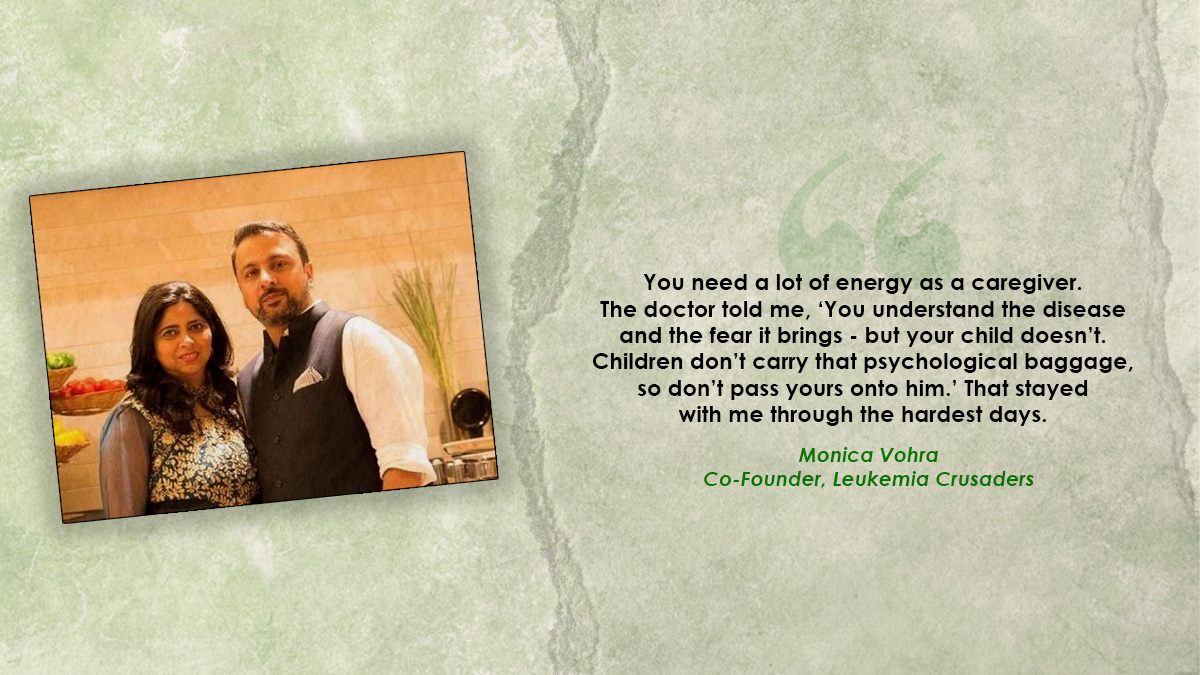
A fever is rarely a sign of something serious; most often, it's just a viral infection or maybe typhoid. And this is exactly what Monica and her husband thought when their child had a very high fever every few days, then recovered for a few days. “For a good three to four months, we were in and out of hospitals,” she recalled. “Doctors kept telling us it was viral, or typhoid, or just a recurring infection.”
But when Aaryan’s fever spiked to a dangerous 107°F, panic took over. He was rushed to the hospital, where a Complete Blood Count (CBC) test revealed that his haemoglobin had dropped to an alarming 3 g/dL. A bone marrow test followed and confirmed the diagnosis: Acute Lymphoblastic Leukaemia (ALL).
According to Dr Intezar Mehdi, Senior Consultant Paediatric Haematologist, Oncologist, and BMT at HCG Cancer Hospital, K R Road, Bengaluru, ALL is the most common childhood leukaemia and the most curable, with an approximately 85% success rate.
Aaryan’s doctor estimated a success rate of 70%. “In his case, it was a standard risk,” Monica recalled.
Dr Mehdi explained, "Risk stratification of children with ALL helps us in personalised treatment of children with ALL. Standard-risk children get lesser treatment compared to high-risk children, who might get more intensive treatment and may be candidates for Bone Marrow Transplant (BMT), also known as stem cell transplant."
He further explained the criteria for high-risk features:
“Age below one year or above ten years, an initial White Blood Cell (WBC) count over 50,000, poor early response to treatment, and adverse genetic or molecular markers—these are all considered high-risk features."
“It’s always good to start treatment immediately after diagnosis,” he added. “Unnecessary delays can worsen the disease, and sometimes children become sicker, which compromises their cure and survival rate.”
Aaryan’s treatment started on 15th July 2011, just days before his birthday. “When he got his first shot of chemotherapy, he was walking out of the hospital,” Monica said. “We celebrated his birthday on 19th July.”
On What It Takes To Be A Caregiver
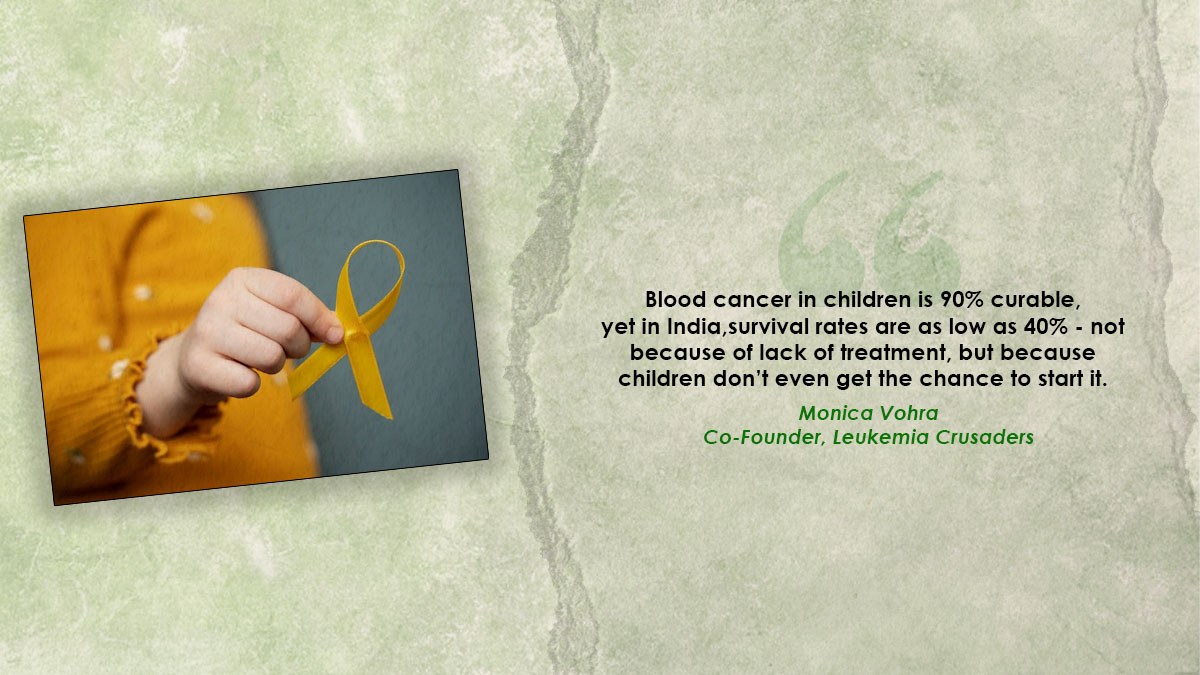
Monica describes her journey as a caregiver as “extremely challenging”. "I mean, mentally, it was a very big setback because we see cancer as something that happens to other people; definitely not to our own child," she shared. "To be very honest with you, for a certain period of time, I was on sleep tablets and anti-anxiety medications because as a caregiver, especially for a small child, I had a very big role to play."
However, it was the doctor's advice that helped her gain her strength and spirit back. What her doctor said: "For the next three years, you will be the most important person in your son's life. You are the one who understands the disease and hence has a lot of fear. But children do not understand the disease, nor do they have any fear, and therefore, it wouldn't be right to pass on that psychological baggage."
Around this time, Monica’s health had also started to suffer – she had lost 7–8 kilos in just two months. When she finally went to see a doctor to get herself examined, another powerful moment of realisation came during that consultation.
“I told the doctor my son had just been diagnosed with leukaemia,” she recollected. “He asked, ‘Have you ever travelled in a plane? ’ I said yes. Then he said, ‘What happens when there’s turbulence?’ I replied, ‘The oxygen masks drop down.’ He said, ‘Exactly. And what are the instructions? You first put on your own oxygen mask before helping others.’”
Those words stayed with her.
“I realised I had to take care of myself first. Only then would I be strong enough to support my son and help him through this.”
Fear Of Recurrence Always Remains
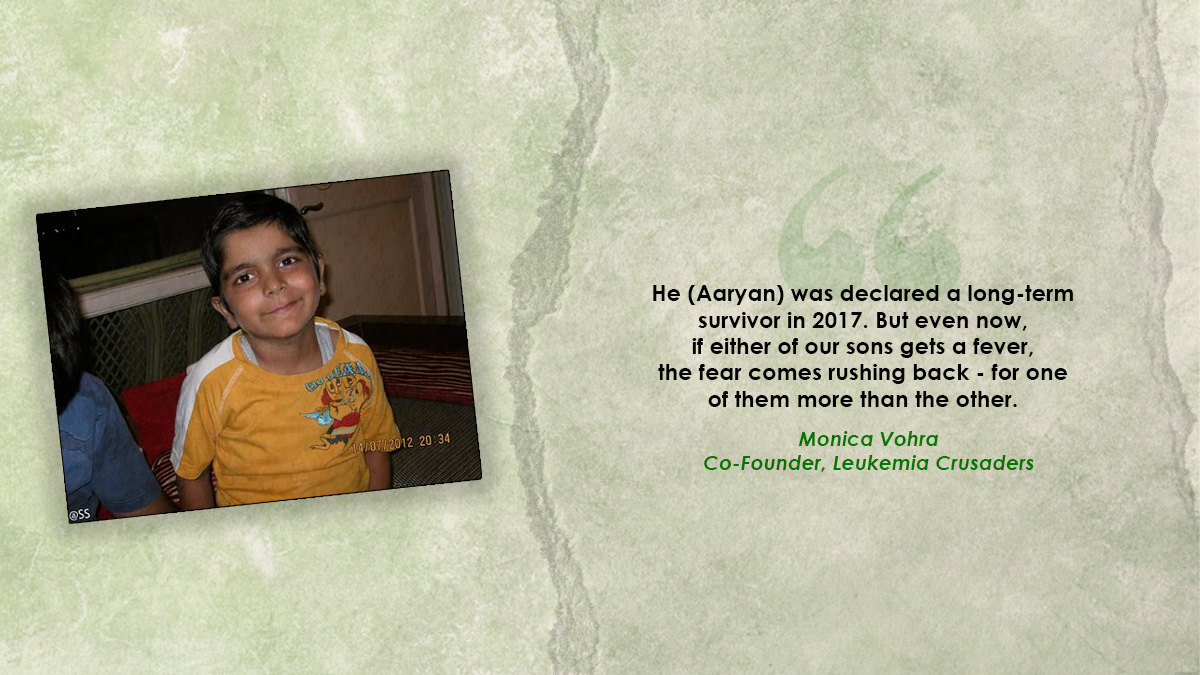
Even after successful treatment, the fear never fully goes away. “Every time he gets a fever, we go into panic mode again,” Monica admitted. “It’s something you learn to live with. We remain vigilant, but we also try not to let it control our lives.”
Therefore, long-term follow-up remains a crucial part of post-treatment care.
“Children should be kept on long-term follow-up not just to detect any early signs of disease recurrence but also to monitor overall health,” said Dr Mehdi. “This includes tracking growth and development, ensuring catch-up immunisation, evaluating school performance, supporting psychosocial well-being, and monitoring for long-term side effects of chemotherapy, such as impacts on the heart, kidneys, and endocrine functions.”
In Aaryan's case, he was declared a long-term survivor in 2017.
From Caregiver To A Crusader
For Monica, the journey didn’t end with Aaryan’s diagnosis and treatment. In fact, it opened a new chapter – one of purpose.
“It started as early as 2012, when Aaryan was undergoing treatment,” she said. “We used to spend a lot of time in the corridors and rooms at the hospital. That’s when we began noticing something heartbreaking – many children weren't even starting treatment, not because the disease wasn’t curable, but because their families couldn’t afford it.”
That’s when the seed for starting an NGO was sown. Monica and her husband started the Leukemia Crusaders, which began supporting children with blood cancer. “The very first child we supported was a five-year-old girl. That was our beginning,” shared Monica.
View this post on Instagram
Over the years, their model has evolved to offer timely financial aid during the early, most critical phase of treatment. “When a needy family arrives at a hospital, it’s the first one or two months that are most difficult,” Monica explained. “Parents are in shock and have no idea where to begin. Government funding is available, yes, but it takes time to come through, and time is what they don’t have.”
This is when Leukemia Crusaders steps in, helping bridge the gap with immediate financial aid. So far, the organisation has worked with almost 50 hospitals in about 17 states and supported nearly 4,500 children.
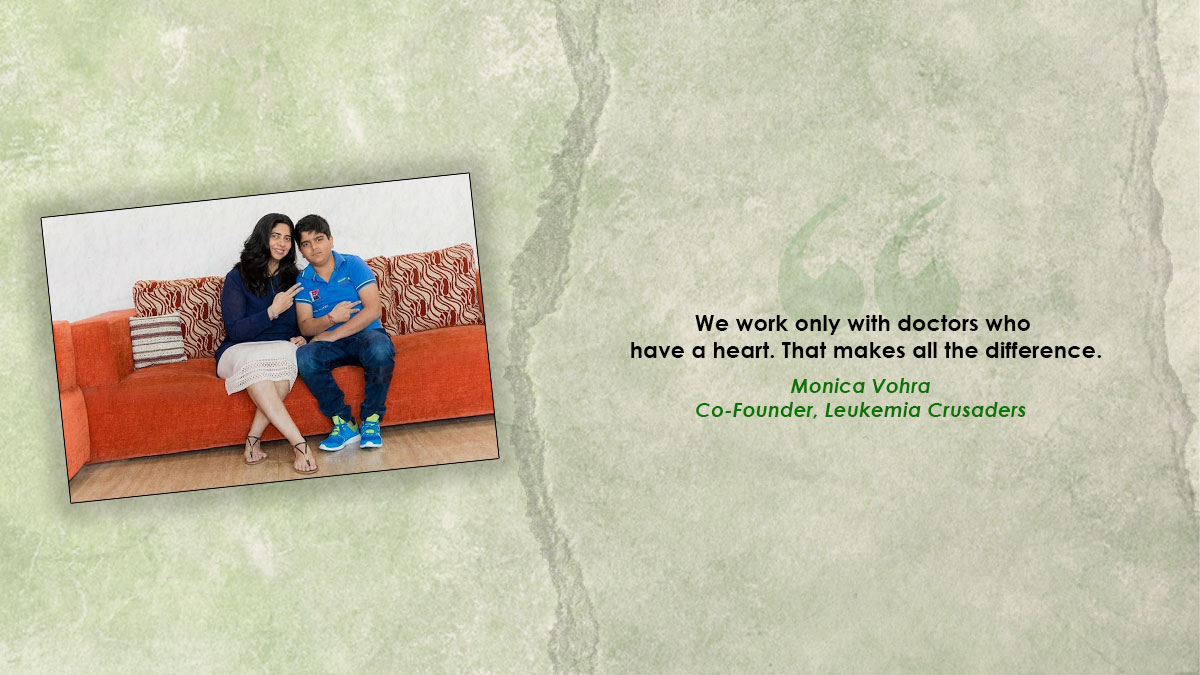
Awareness Gaps And Stigma In Childhood Leukemia
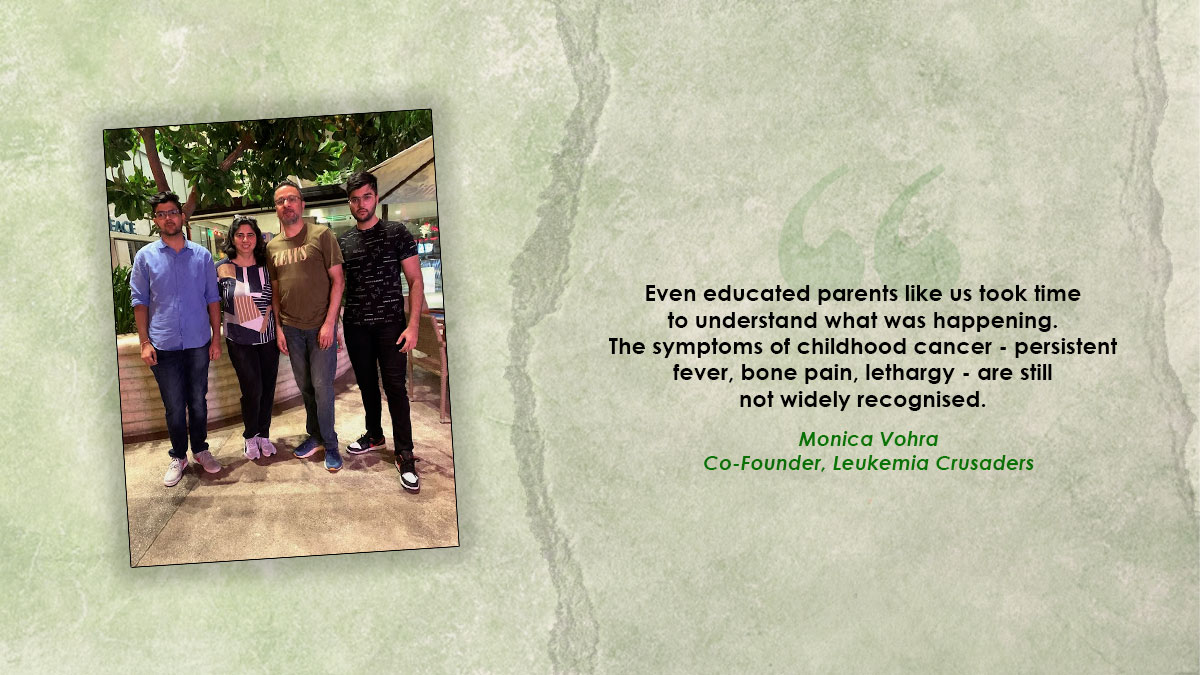
Despite medical advancements in treating childhood leukaemia, public awareness remains alarmingly low, especially in smaller towns. According to the World Health Organization (WHO), with proper access to childhood cancer services, more than 80% of children with cancers, like leukaemia, can be cured.
However, even among educated families, awareness of early symptoms and curability is lacking, Monica noted. “We had no idea what the warning signs were. And we were shocked to learn that childhood leukaemia is nearly 90% curable globally, but in India, outcomes are poorer simply because many don’t reach the right centres in time.”
Monica stressed that parents, paediatricians, and even frontline workers need to recognise persistent symptoms and know when to escalate to a specialist.
Stigma, too, continues to cast a shadow. “There are still families, especially with girls, who hide the diagnosis, fearing it might affect future marriage prospects or fertility. Some don’t even tell the child they had cancer,” she said. But that silence doesn’t help. "I believe children should know."
Author's Note
Monica’s journey, from her son's leukaemia diagnosis to helping thousands of children, reflects the power of resilience, awareness, and action. Through her work, she has turned her personal pain into a purpose and ensures that no parent feels abandoned. She has only one simple yet powerful message: with timely diagnosis, proper treatment, emotional support, and greater awareness, survival is not just possible, it’s probable. And behind every survivor, there’s often a caregiver whose courage lights the way.
Also watch this video
How we keep this article up to date:
We work with experts and keep a close eye on the latest in health and wellness. Whenever there is a new research or helpful information, we update our articles with accurate and useful advice.
Current Version